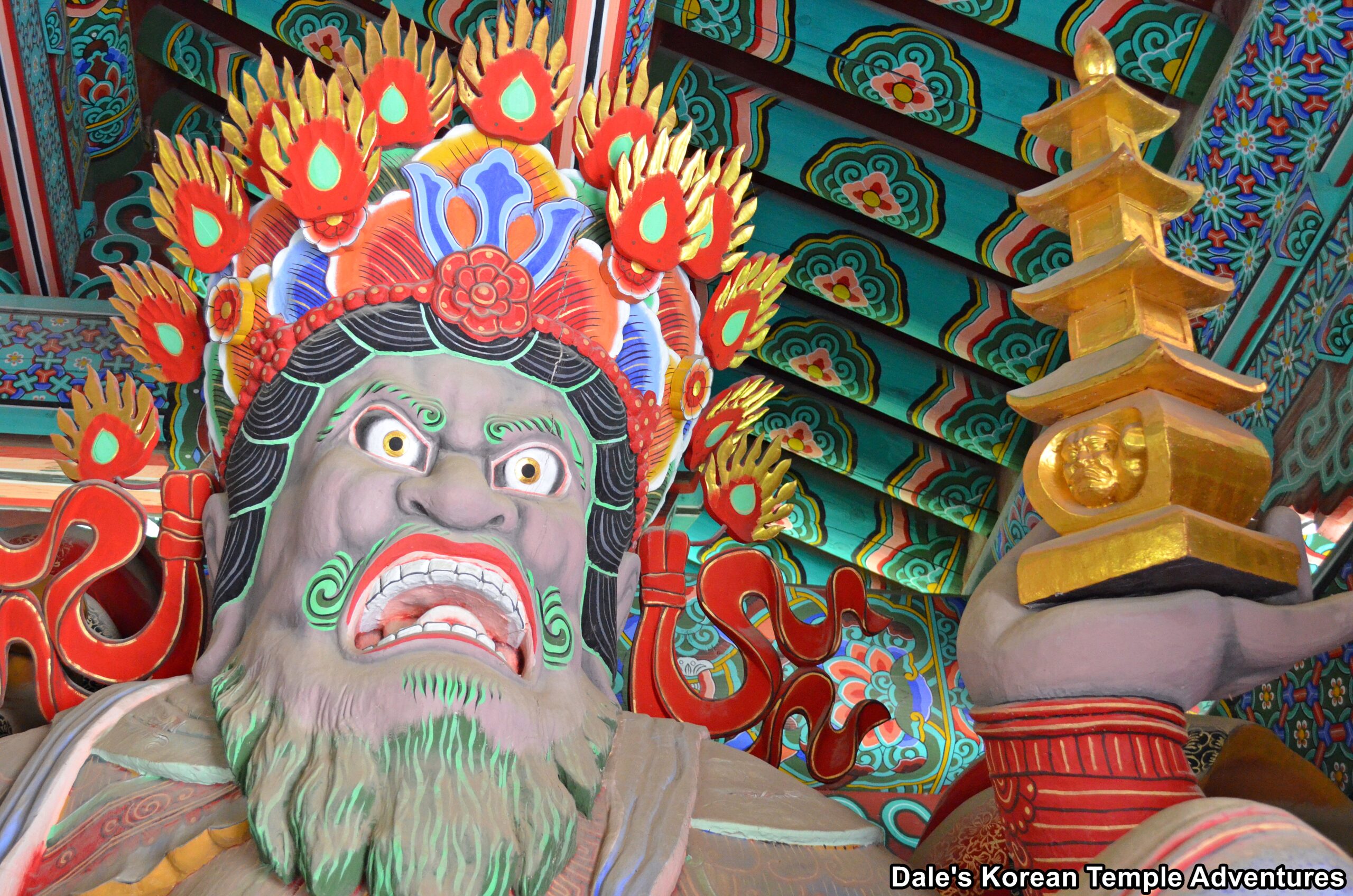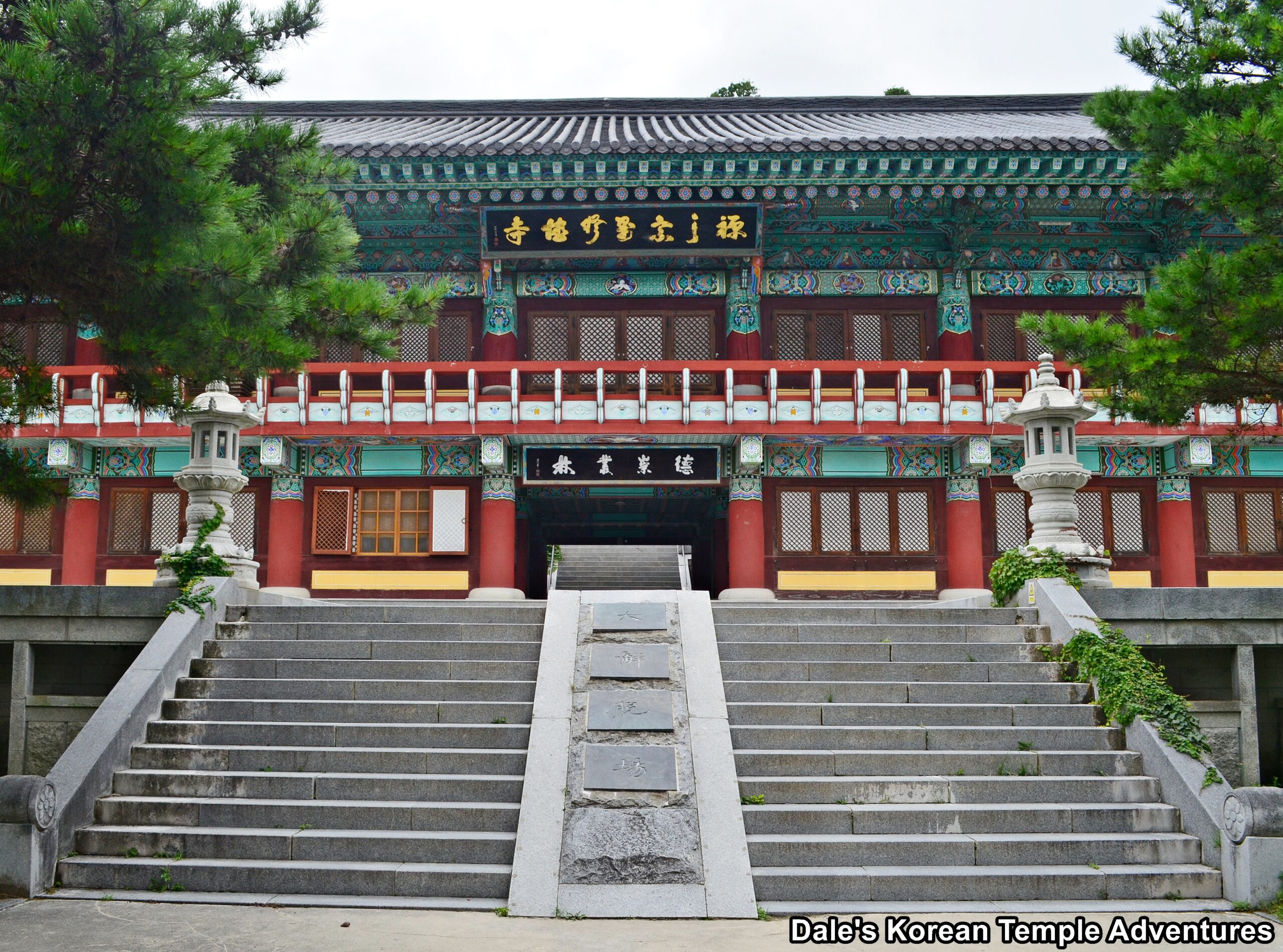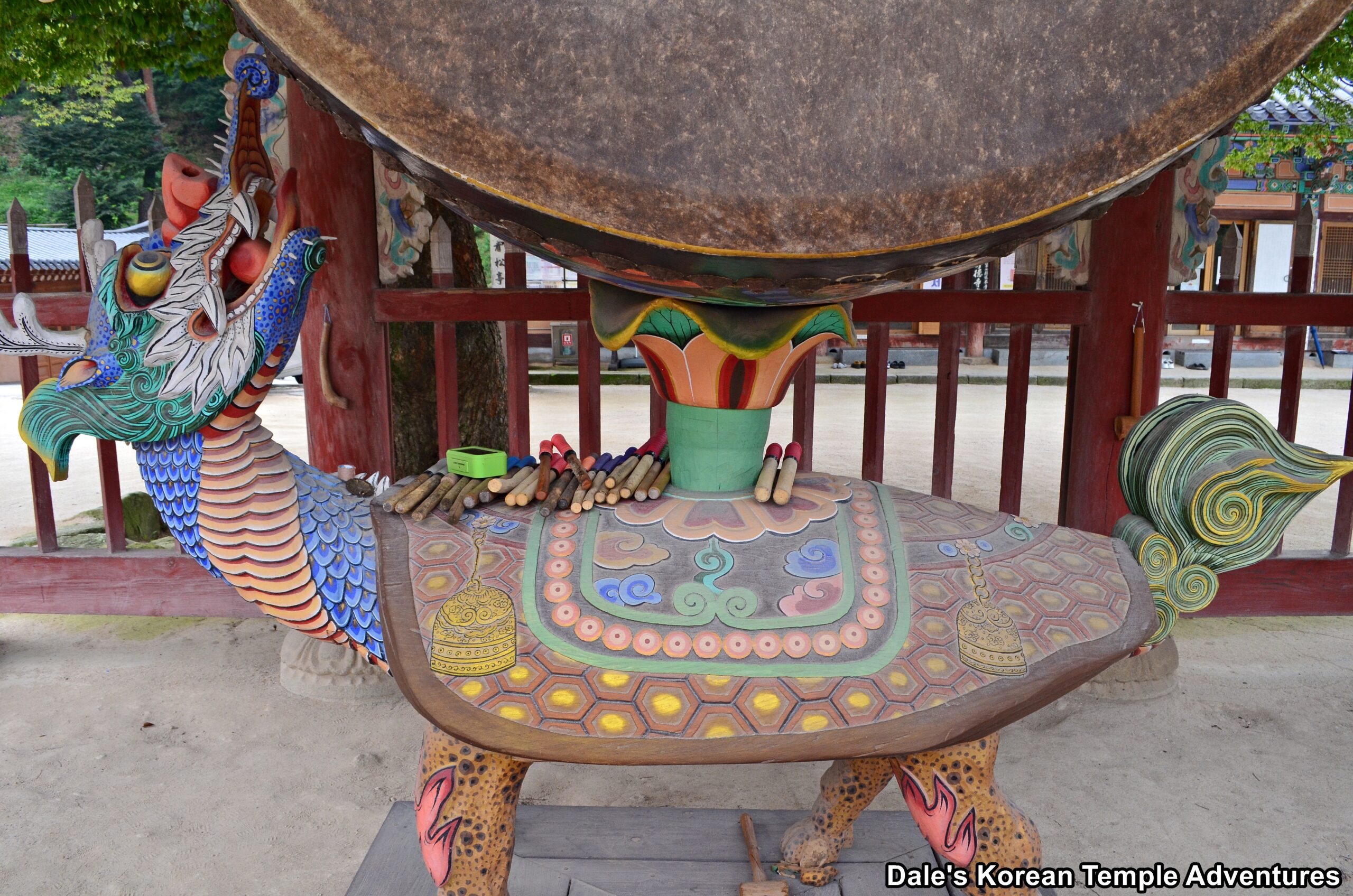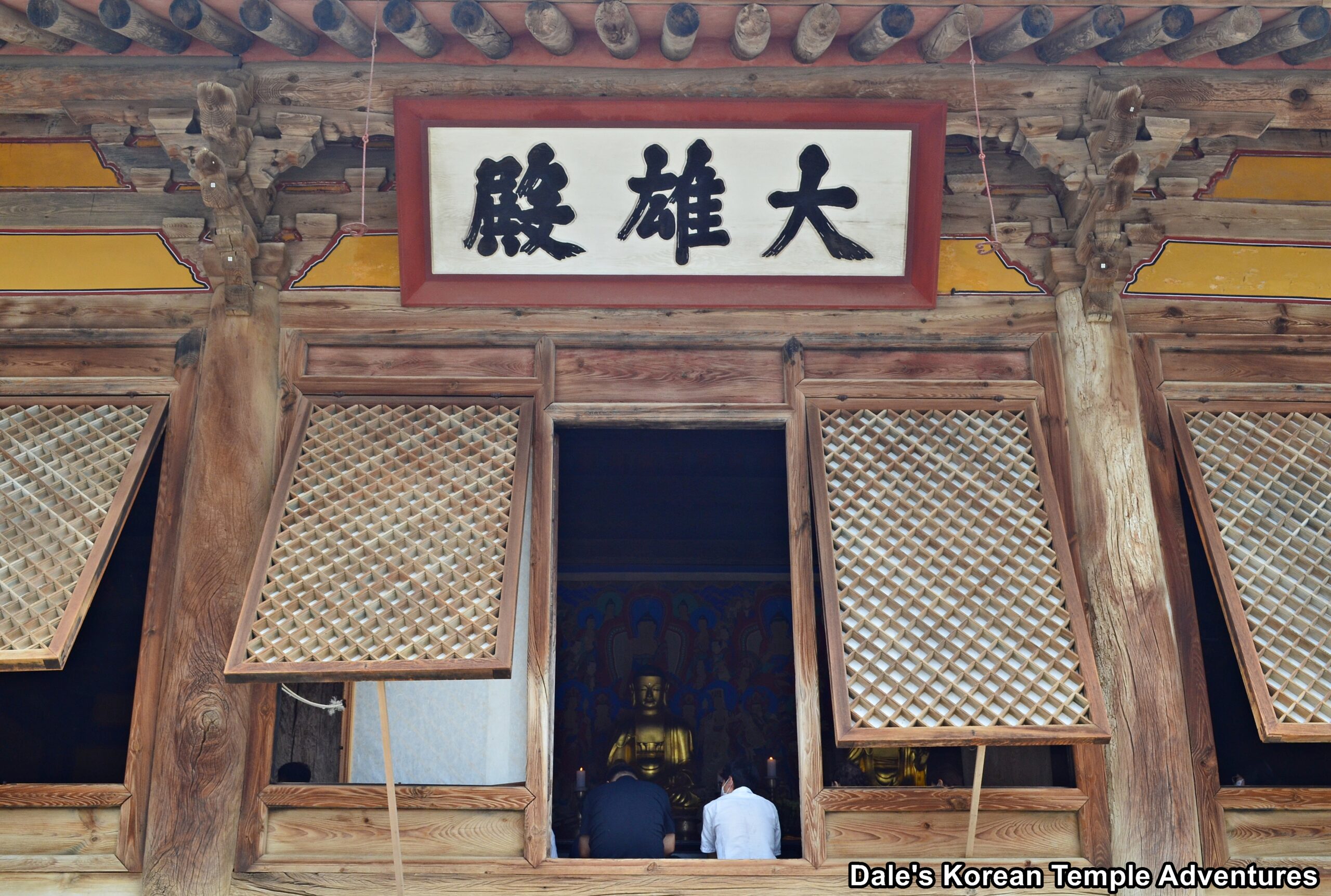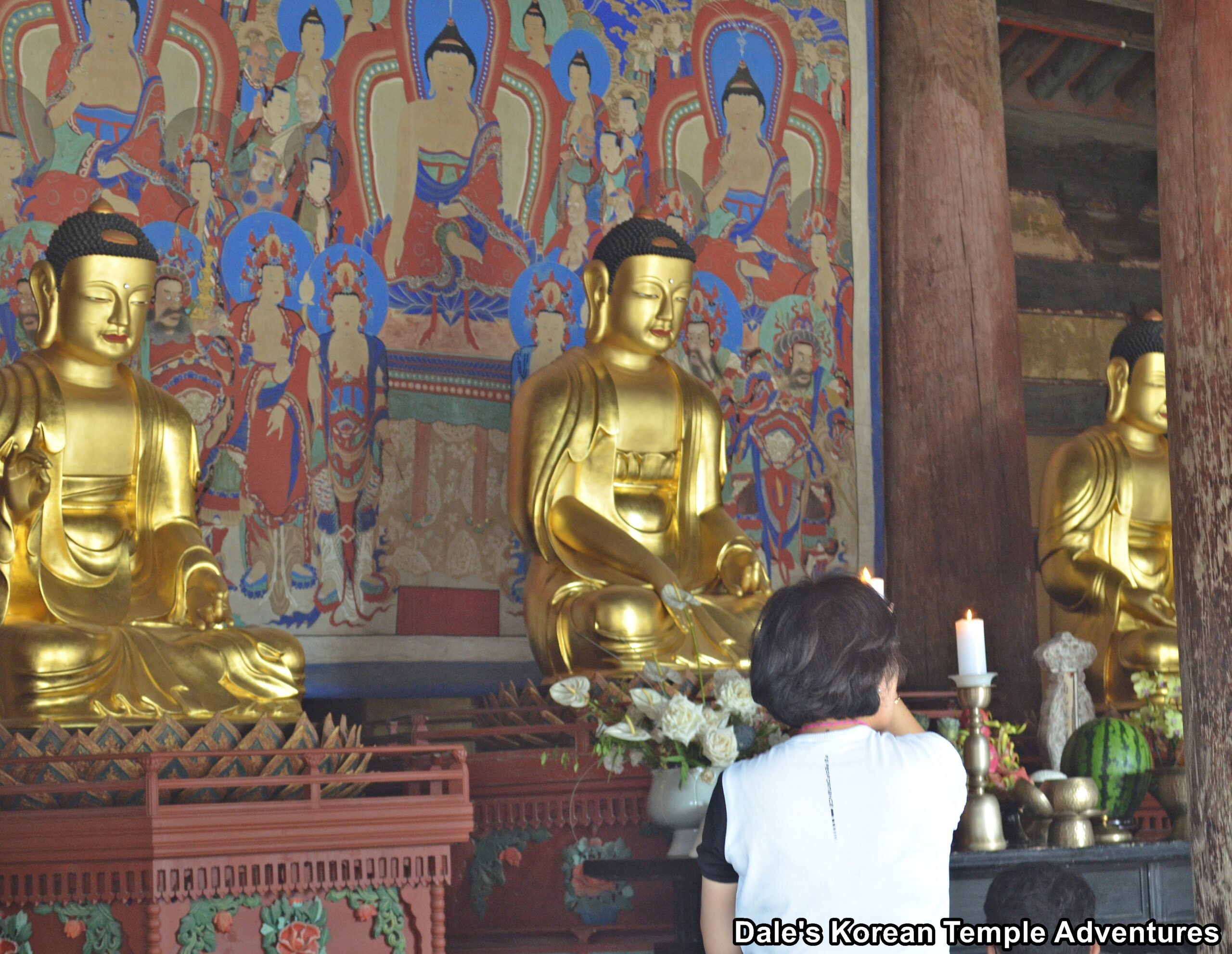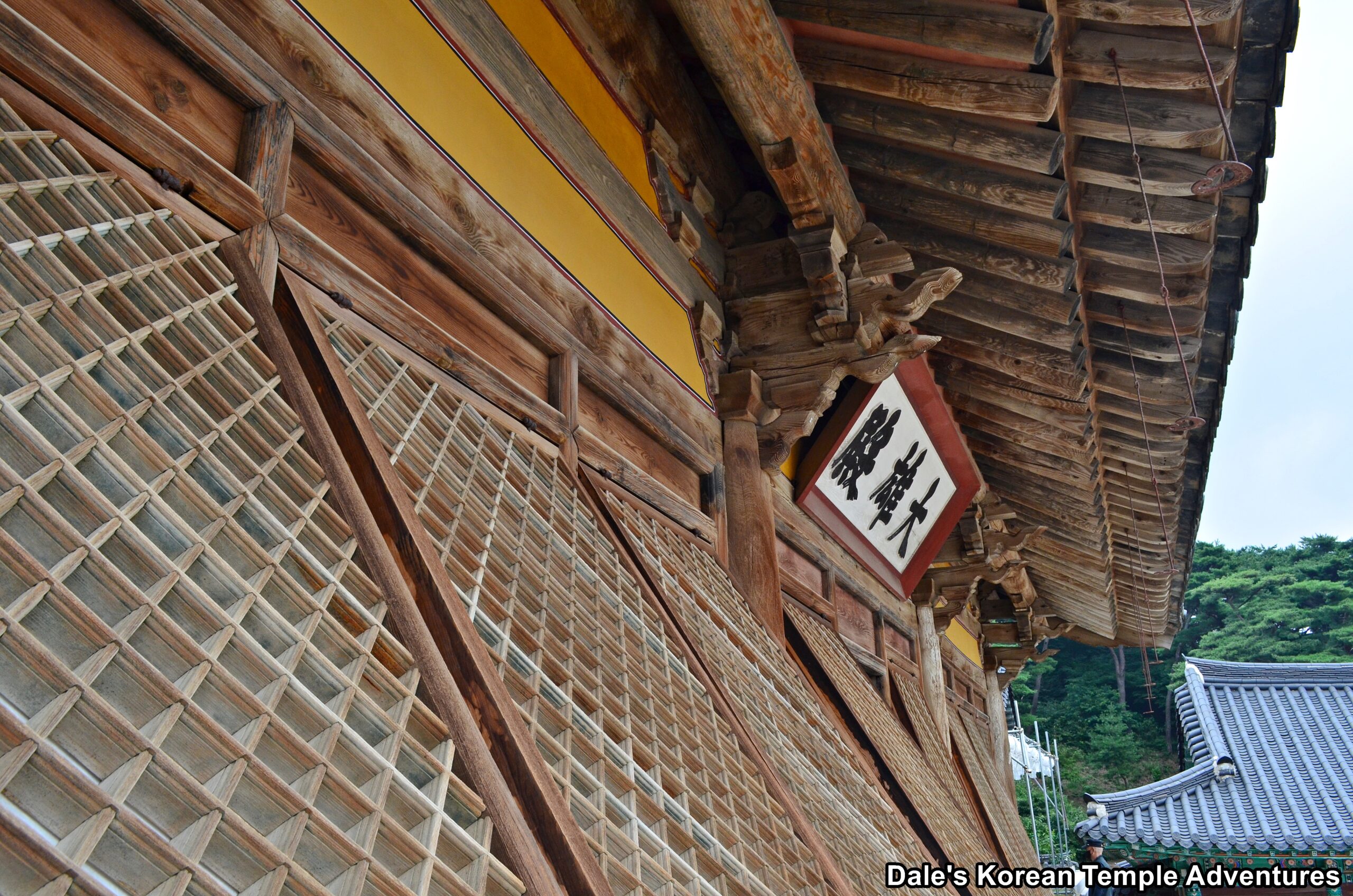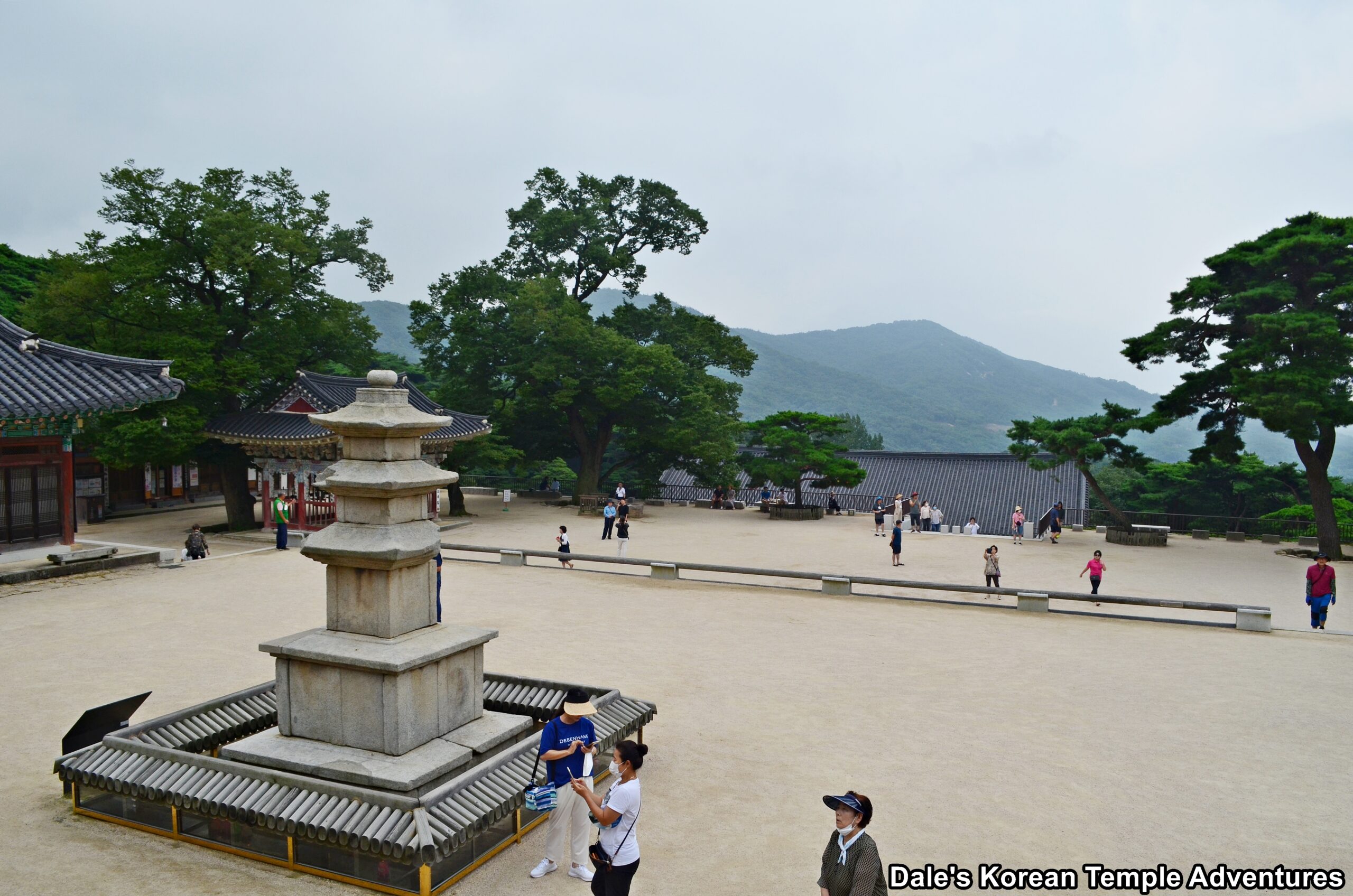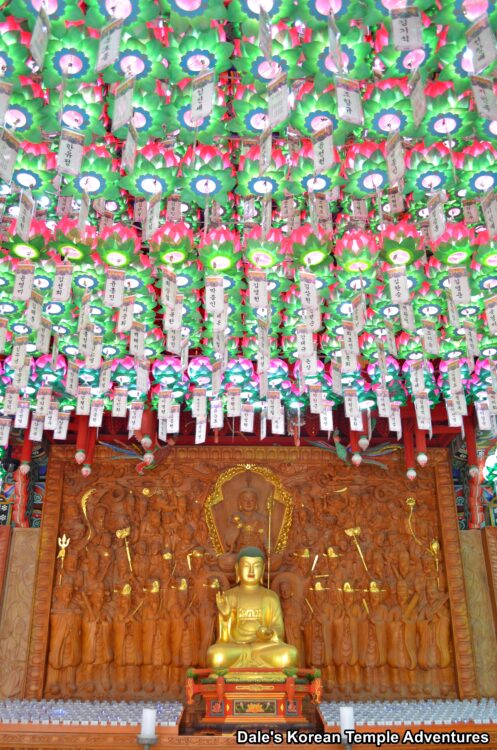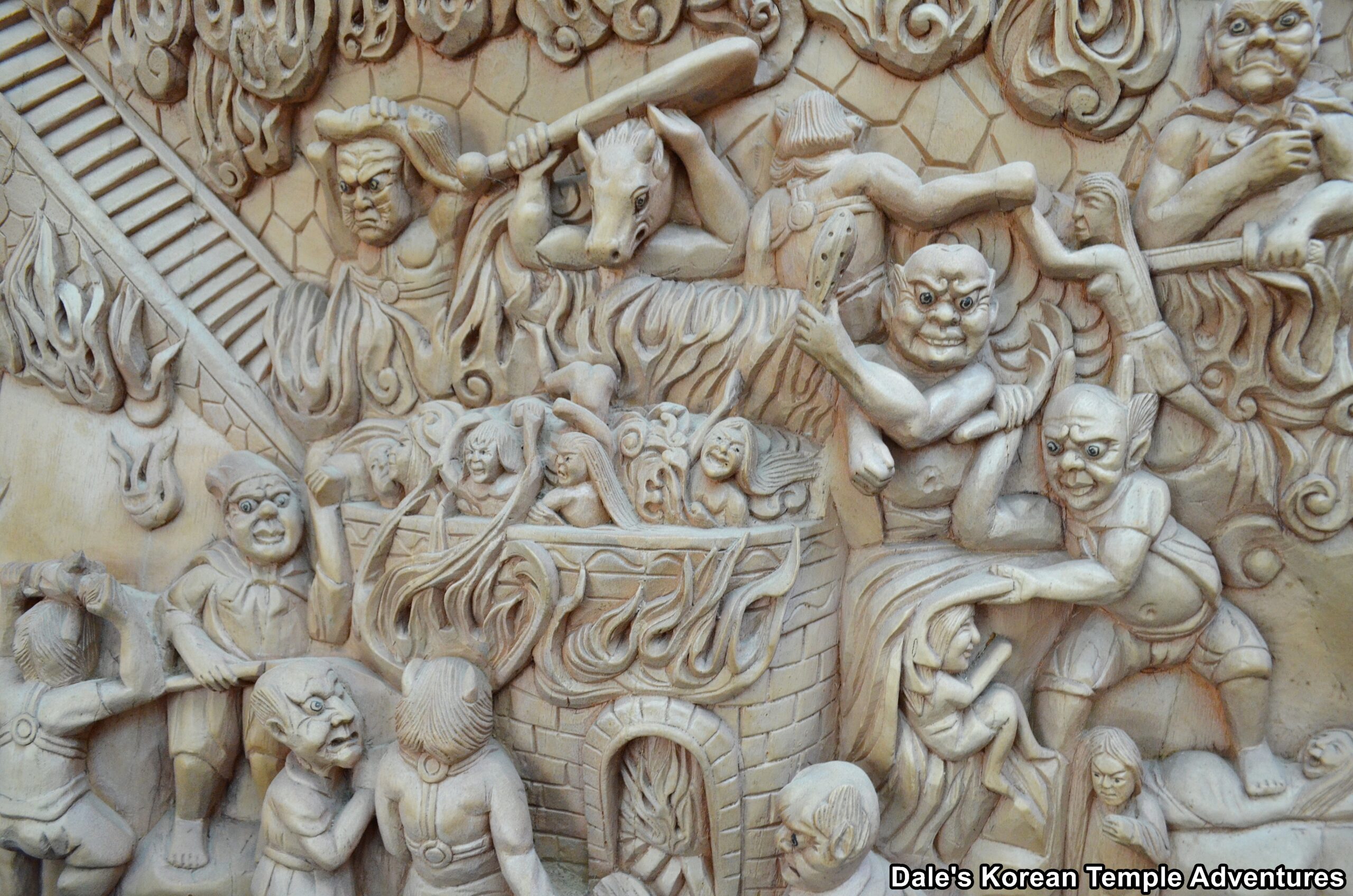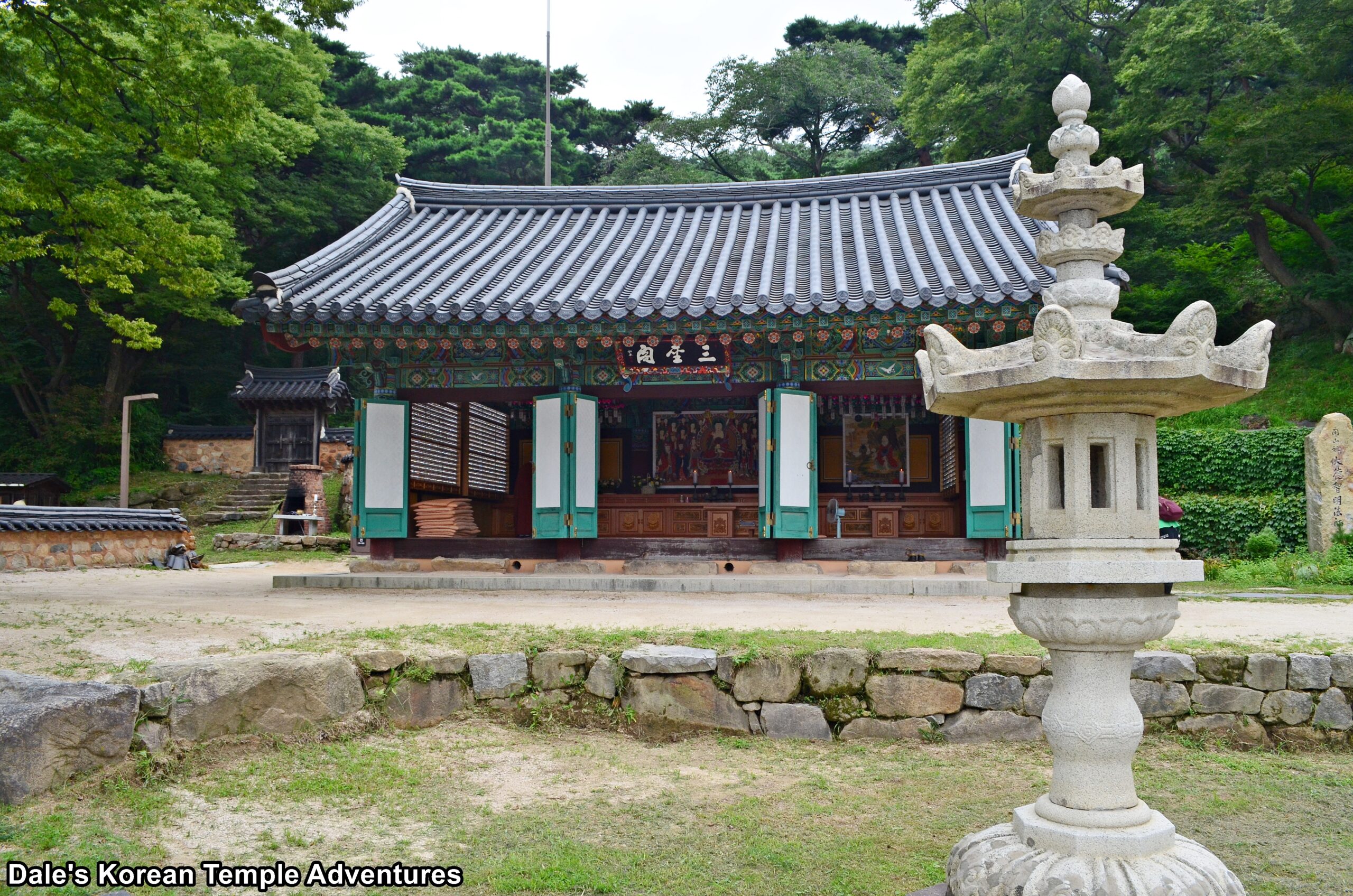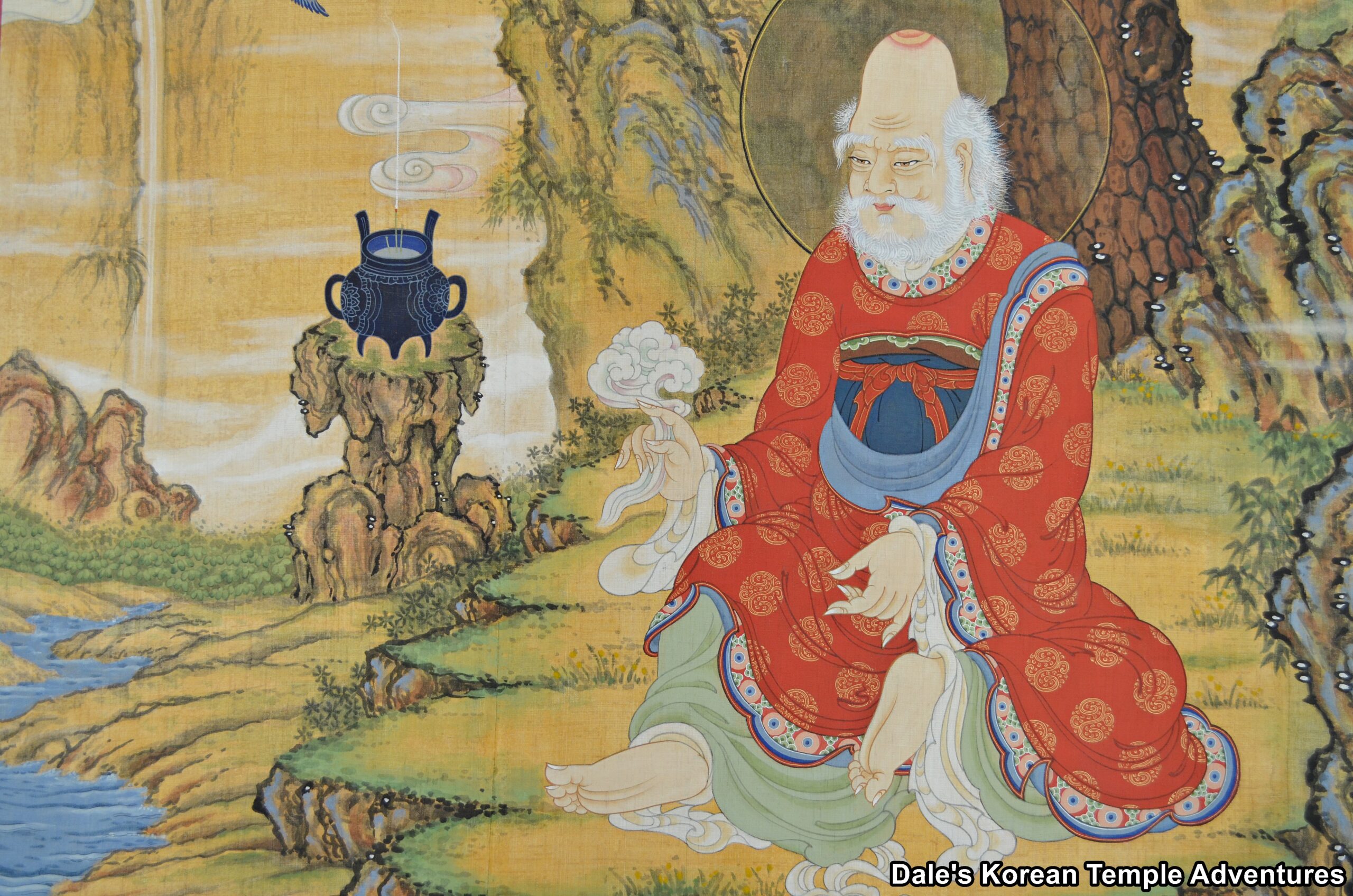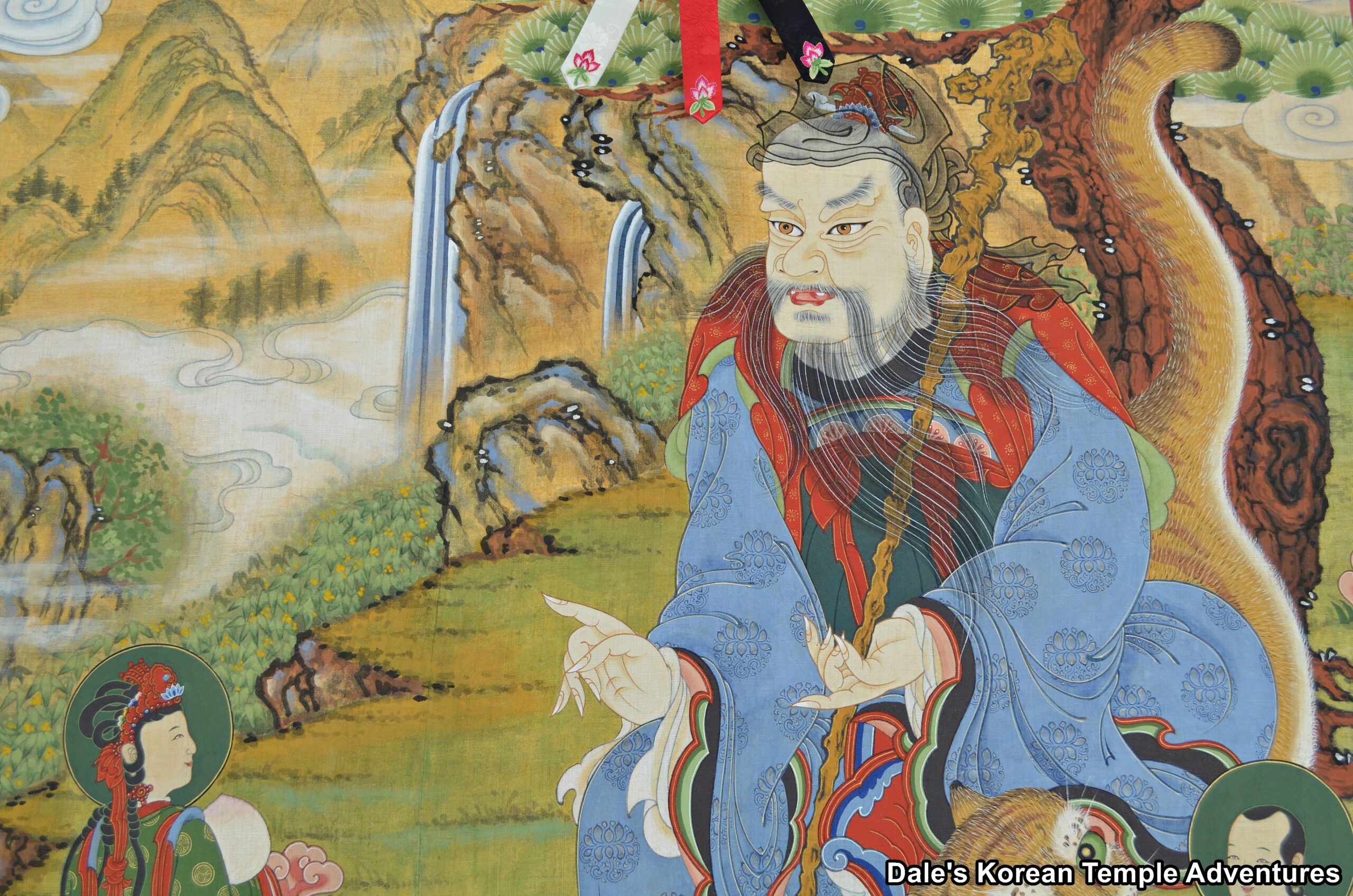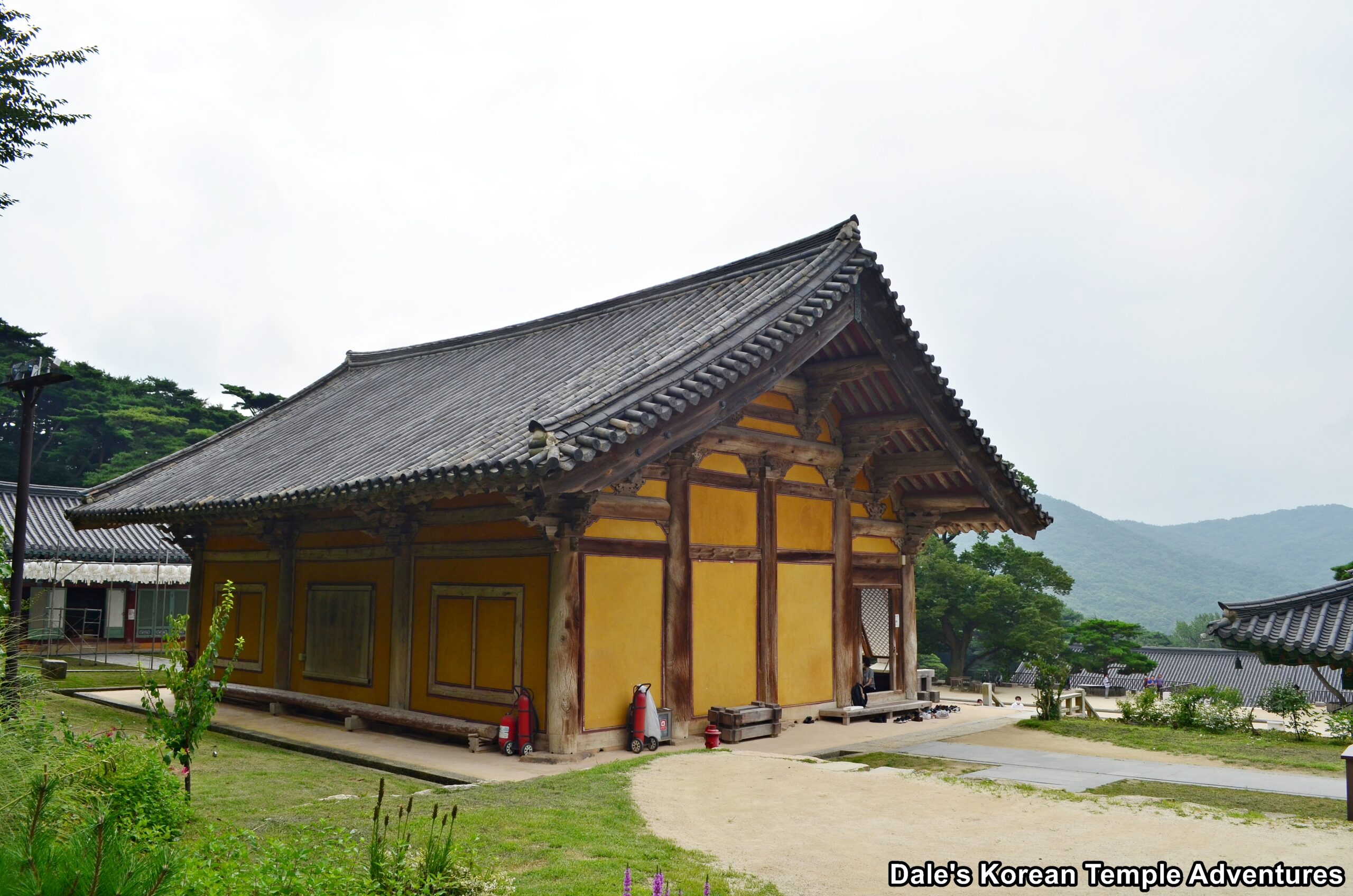Sudeoksa Temple – 수덕사 (Yesan, Chungcheongnam-do)
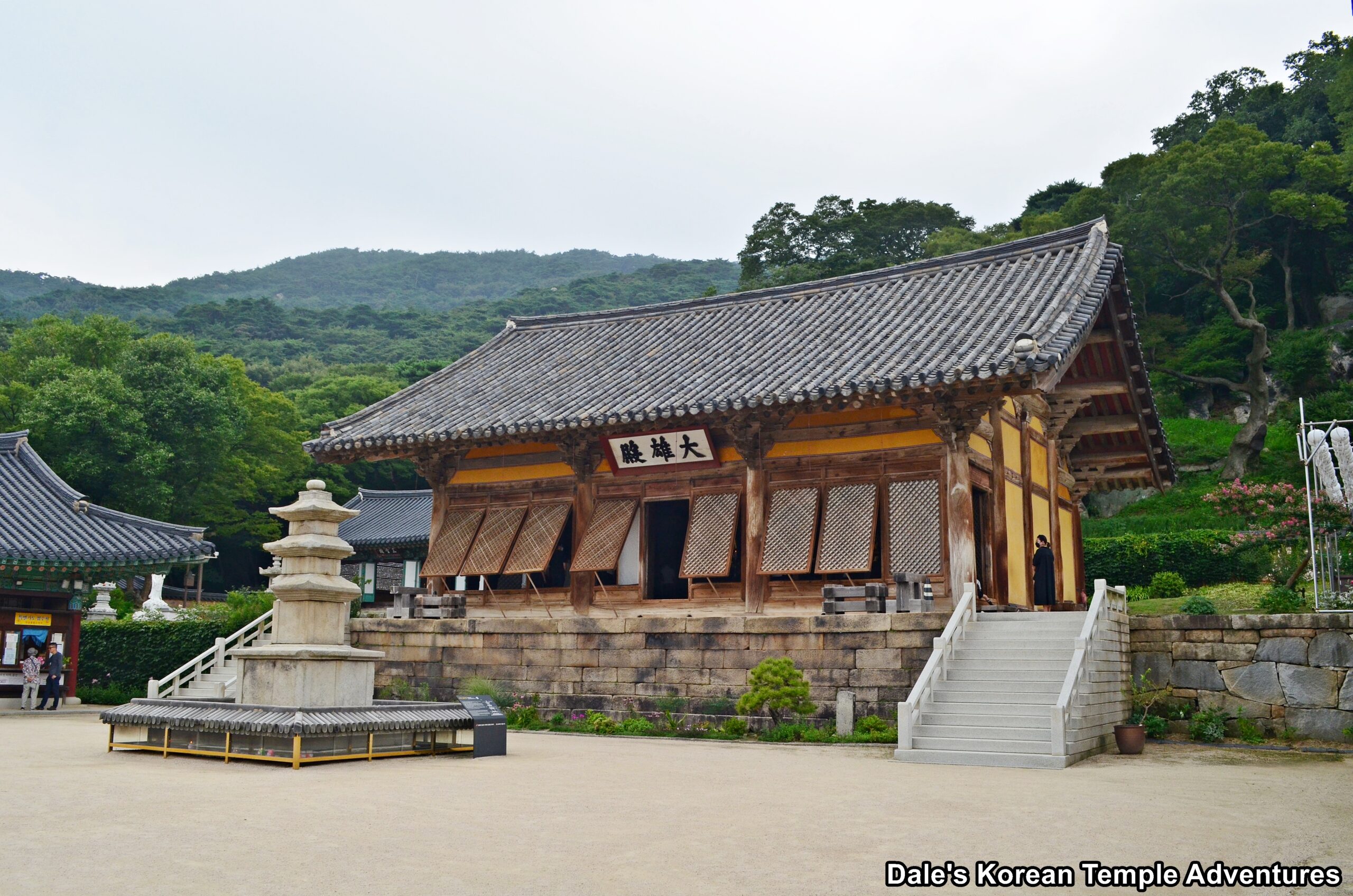
Temple History
Sudeoksa Temple is located on Mt. Deoksungsan (495.2m) in Yesan, Chungcheongnam-do. In English, the temple name means, “Practicing Virtue Temple.” There is some ambiguity as to when Sudeoksa Temple was exactly built. There are two differing accounts as to when it was first built. The first states that the temple was established by the Buddhist monk Sungje during the Baekje Kingdom (18 B.C. – 660 A.D.). during the reign of King Wideok of Baekje (r.554-598). And according to a different account, the temple was founded in 599 A.D. by the monk Jimyeong. There is recorded proof that the monk Hyehyeon (570-627 A.D.) taught at Sudeoksa Temple in 601 A.D., so it would make sense that the temple was established before this date. Furthermore, there have been numerous Baekje-era roof tiles discovered at the temple, as well. It was then later renovated by the great monk Wonhyo-daesa (617-686 A.D.).
Either way, it’s believed that Naong (1320-76) repaired the temple during the reign of King Gongmin of Goryeo (r.1351-74). Like Buseoksa Temple, Sudeoksa Temple was one of the very few temples on the Korean peninsula to remain unscathed during the extremely destructive Imjin War (1592-98). As a result of its miraculous ability to avoid destruction at the hands of the Japanese, Sudeoksa Temple is home to the oldest wooden structure in Korea. The Daeung-jeon main hall dates back to 1308. This hall, for obvious reasons, is a national treasure. Throughout the years, Sudeoksa Temple has undergone numerous renovations and rebuilds like in 1528, 1751, 1770, and 1803.
During the waning years of the Joseon Dynasty (1392-1910), the monk Gyeongheo-seonsa (1849-1912) called Sudeoksa Temple home. During this time, he taught the Seon tradition to his disciples. This tradition had been discontinued during the 1880’s. During this time, Gyeongheo taught numerous disciples like Suwol, Hyewol, Hanam, and Mangong. While others would travel the Korean peninsula and even parts of China, Mangong (1871-1946) remained at Sudeoksa Temple and continued the Seon teachings, cultivating numerous outstanding disciples. By doing this, not only did Mangong allow for the firm establishment of Seon Buddhist teachings in Korea, but he did this from Sudeoksa Temple, helping to make it a foundational temple for modern Korean Buddhist teachings. Currently, Sudeoksa Temple is not only the 7th headquarter for the Jogye Order (the largest Buddhist order in Korea), but it’s one of five training complexes for the Jogye Order of Korean Buddhism.
In total, Sudeoksa Temple is home to a national treasure, two Korean treasures, and a National Registered Cultural Heritage stupa. Sudeoksa Temple is also home to the very popular Temple Stay program.
Admission to the temple is 3,000 won for adults, 2,000 won for teenagers, and 1,000 won for children.
Temple Layout
You’ll first approach Sudeoksa Temple up a corridor of restaurants and stores at the village that’s sprung up around the temple. Past the ticket booth, you’ll first come to the four pillared Iljumun Gate. Further up the path, and you’ll encounter the Geumgangmun Gate, or “Diamond Gate” in English. The exterior walls to this gate are painted with guardians, and the interior houses two muscular statues of Vajra Warriors. To the rear of this gate are two large painted images of Munsu-bosal (The Bodhisattva of Wisdom), who is riding a blue lion; and Bohyeon-bosal (The Bodhisattva of Power), who is riding a white, multi-tusked, elephant.
Thirty more metres up the trail, and you’ll next come to the wide and boxy Sacheonwangmun Gate. Inside this gate are housed four of the fiercest Heavenly Kings that you’ll probably find at any Buddhist temple in Korea. Still on this path, but before the expansive Hwanghajeong-ru Pavilion, you’ll spot a number of pagodas that include an elephant based lantern, a seven-story pagoda, and the stupa for the famed monk, Mangong (1871-1946). This stupa is Korean National Registered Cultural Heritage #473.
Making your way under the Hwanghajeong-ru Pavilion, and climbing the rather steep set of stone stairs, you’ll finally enter the temple’s main courtyard. Formerly, there was a three-story stone pagoda that stood in the lower part of the main temple courtyard. This pagoda was known as the Geumgang-bo Pagoda, and it contained three sari (crystallized remains) of the Buddha, Seokgamoni-bul. However, this pagoda that was first constructed in 2000 is no longer there. It’s unclear, however, where the Sri Lankan sari housed inside this pagoda now reside. Now open, this lower courtyard only houses the Beopgo-gak Pavilion to your right and the Beopjong-gak Pavilion to your left. Housed inside the Beopgo-gak Pavilion is a beopgo (dharma drum), the mokeo (wooden fish drum), and the unpan (the cloud plate drum). And housed inside the Beopjong-gak Pavilion is a beautiful beomjong (brahma bell). All four Buddhist percussion instruments are masterfully executed.
A little further, and closer to the Daeung-jeon Hall, is another pagoda. This historic pagoda stands three stories and is believed to date back to the early Goryeo Dynasty (918-1392). Behind this historic pagoda is the equally historic Daeung-jeon Hall. This hall is not only National Treasure #49, but it’s also the oldest dated wooden structure in Korea. The main hall is similar in design to the Geukrak-jeon Hall at Bongjeongsa Temple in Andong, Gyeongsangbuk-do and the Muryangsu-jeon Hall at Buseoksa Temple in Yeongju, Gyeongsangbuk-do. The exterior walls to this hall that date back to 1308 are rather unassuming. However, housed inside the main hall, and resting on the main altar, is a triad of statues centred by Seokgamoni-bul. This statue is joined on either side by Yaksayeorae-bul (The Medicine Buddha, and the Buddha of the Eastern Paradise) and Amita-bul (The Buddha of the Western Paradise). The statues date back to the early part of the 17th century, and the altar that the statues rest upon is as old as the Daeung-jeon Hall itself. They are, collectively, Korean Treasure #1381. There are numerous Goryeo Dynasty paintings spread throughout the interior of this historic hall.
To the right of the Daeung-jeon Hall stands the temple’s Myeongbu-jeon Hall. Housed inside this hall is a green haired seated statue of Jijang-bosal (The Bodhisattva of the Afterlife). He’s surrounded on both sides by beautiful wooden reliefs of the Siwang (Ten Kings of the Underworld). And to the left of the main hall is the Samseong-gak Hall. Formerly, this was the Gwaneum-jeon Hall. Out in front of the Samseong-gak Hall is a statue dedicated to Gwanseeum-bosal (The Bodhisattva of Compassion). And housed inside the Samseong-gak Hall are three beautiful renderings of the three most popular shaman deities in Korean Buddhism: Chilseong (The Seven Stars), Dokseong (The Lonely Saint), and Sanshin (The Mountain Spirit).
How To Get There
There are a few ways to get to Sudeoksa Temple. From Seoul, you’ll first need to get to the Nambu Bus Terminal and board a bus bound for Sudeoksa Temple. The bus ride lasts about two and half hours and costs around 8,000 won. From anywhere else in the country, you’ll first need to get to Yesan Intercity Bus Terminal. From there, you can take a rural bus to Sudeoksa Temple. There are a variety of buses that can take you to the temple from the terminal. These buses will take about an hour and forty minutes to get to Sudeoksa Temple.
Overall Rating: 9/10
Sudeoksa Temple is beautifully situated in northern Chungcheongnam-do Province. The temple lies just beneath the peak of Mt. Deoksungsan. With the oldest wooden structure in Korea housed at the temple, as well as historic Korean Treasures housed inside this amazing hall, this is reason enough to visit Sudeoksa Temple. But besides the main hall, there are the gates, the Gwaneum-jeon Hall, and the collection of pagodas and stupas, which should be enough to pique your wanderlust.
